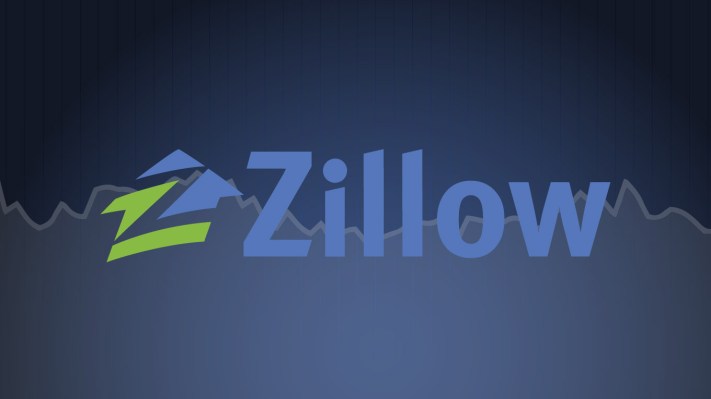Zillow is going to acquire Trulia in a deal worth $3.5 billion in stock, according to the company. The combination of these two real estate tech companies should secure Zillow’s position as a market leader in the U.S., with Trulia CEO Pete Flint staying on in his role but reporting to Zillow CEO Spencer Rascoff. Flint and one other board member from Trulia will join the new combined board of the two companies when the deal closes.
Both companies make the bulk of their revenue via advertising sales for their real estate listings, and both companies were publicly traded entities. Both companies saw that they were missing opportunities to bring more of the traditional real estate marketing spend online, however, as combined their total annual revenue was under 4 percent of the estimated $12 billion spent on marketing in home and property sales and rentals annually, according to the release.
The companies expect the deal to help them innovate faster, provide a bigger snapshot of market data which will enable better forecasting and trend sighting, a wider potential customer reach for both, more ROI for its advertising clients and general corporate cost savings. That last one means we’ll probably see some streamlining as the two companies combine. Both Trulia and Zillow will continue to exist as separate and distinct consumer brands, however.
Zillow claimed 83 million unique users between its mobile and web properties for all of June, while Trulia had 54. There’s some overlap, but the combination of the two companies should still result in a bigger overall audience than either had on its own.
In an interview with TechCrunch, Zillow CEO Spencer Rascoff shared some details about the combination of the two companies and how that will work once they achieve the regulatory approvals they need to go forward.
“We definitely view this as a brand portfolio, we already have StreetEasy which is our New York brand and HotPads which is our rentals brand,” he said. “Different consumers have different brand affinities for all sorts of different reasons, it could be because of we design or color palette, etc. So the product development teams will keep innovating at each independent brand and I’m sure consumers will develop different preferences for one over the other.”
Rascoff notes that the brands are already slightly different in terms of who they attract – Zillow attract those earlier in the shopping funnel and later during the actual transaction, while Trulia appeals to those who are already late in the process. Maintaining both is important to the company’s ability to continue to appeal to consumers at different stages of the buying process, Rascoff says.
In terms of how they’re going to combine the two, Rascoff says that they should achieve $100 million in cost avoidances by 2016, through a combination of initiatives that should focus on combined ad budget spend, and reducing the number of new hires across both companies, which each have hundreds of job openings currently in the pipeline. This should help reduce redundancy while also avoiding too mcuh reduction in headcount.
Rascoff says that as it has before, Zillow will continue to be acquisitive when it needs to in order to expand its reach and brand portfolio following the closure of this latest deal.
